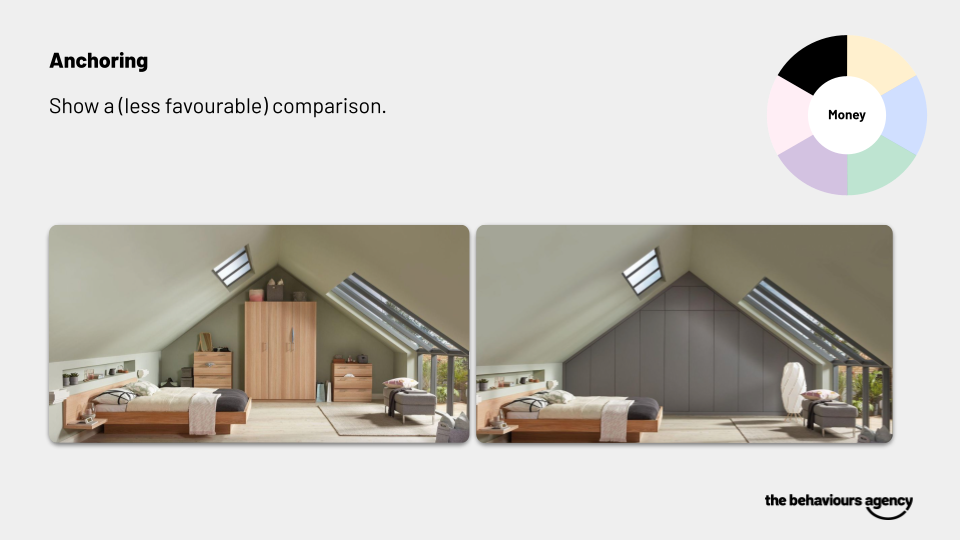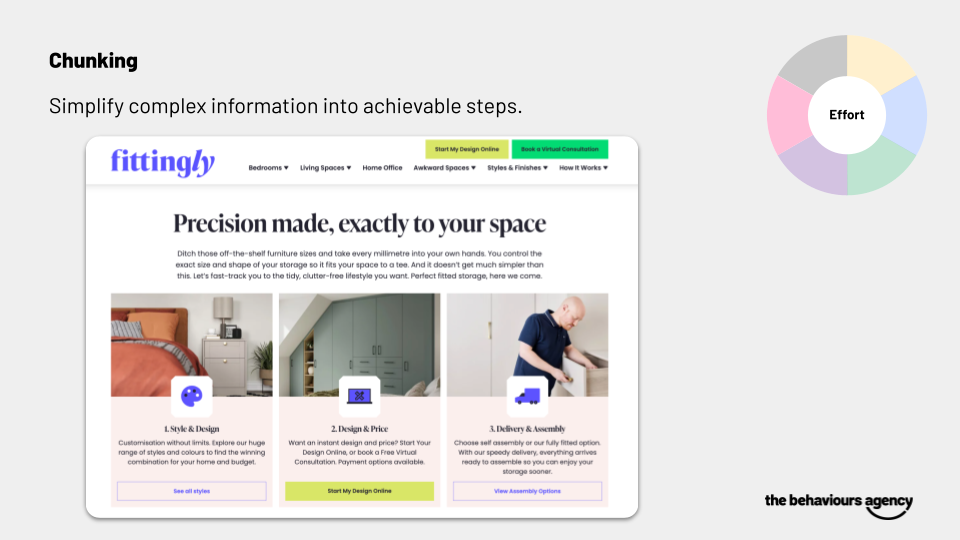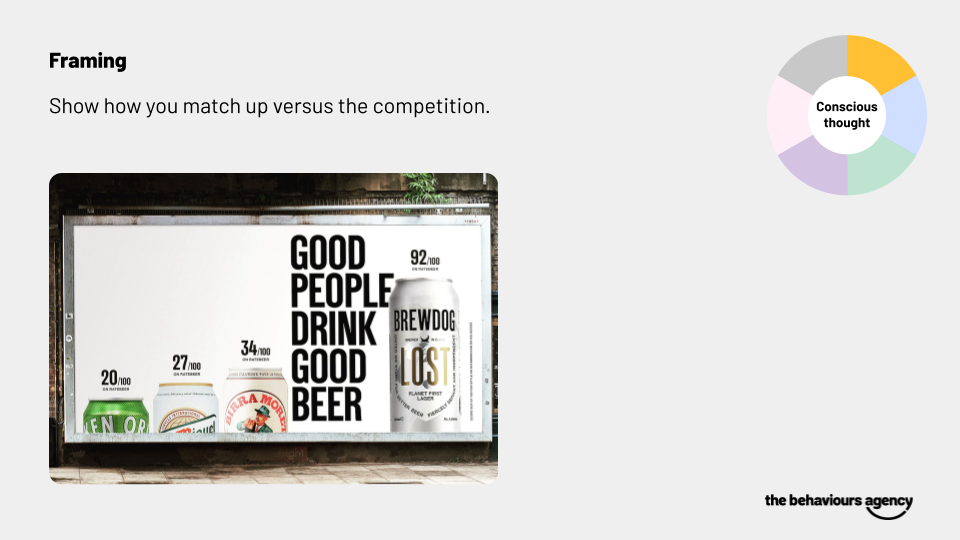In conversation: Navigating Home & Garden marketing during tough times
In today's challenging economic climate, home and garden brands and marketers face a unique set of hurdles. The Behaviours Agency’s Client Services Director, James and Deputy Creative Director, Phil delve into strategies for navigating these tough trading conditions. They explore the importance of understanding consumer behaviour, adapting to evolving consumption patterns, and leveraging behavioural science to create memorable and effective marketing campaigns.
James: So, times are tough, consumer confidence is low, house building has slowed down, mortgage applications have been declining… it's certainly a challenging time for brands in the home and garden market. But there are glimmers of hope.
Phil: Absolutely. Even in downturns, opportunities exist. But it demands a shift in mindset. We can't just slash budgets and hope for the best. The Harvard Business Review talks about a growth mindset - so focusing on long-term strategies even amidst short-term challenges, is what’s required.
“Companies need to understand the evolving consumption patterns and fine-tune their strategies accordingly.”
James: And, as knee-jerk cost-cutting can damage brand equity in the long run, the challenge for marketers is how do you achieve growth when consumers are tightening their belts?
Phil: It's about understanding that customers are changing. The need to adapt to evolving consumption patterns, as McKinsey highlights, means not cutting spending entirely, but spending more cleverly. Brands need to make their marketing efforts work harder than ever.
So, it's about efficiency and getting the most out of existing marketing assets and resources.
James: Right, and that's where understanding customer behaviour is crucial. We specialise in this, and have helped numerous home and garden brands transform their approach by focusing on what truly drives customer decisions.
For example, if your brand is the most top-of-mind, you’ll have a better chance of capturing those precious sales than your competition. This is why brand memorability is so key and the reason it underpins commercial growth.
Phil: Yes, and to achieve brand memorability you have to start with understanding the key motivating factors for your target audience. What’s the key motivating factor that will help you get competitive advantage? What will grab their attention and make you stick in their mind? What barriers do customers face, and how can you make it easier for them? What connection can you have with customers that'll build lifetime value?
James: Let’s start with grabbing their attention, and sticking in their mind. We call this top-of-mindness. Think of it as building strong cues and triggers in the consumer's memory. There are four key factors that contribute to this:
Category Associations: Does your brand naturally come to mind when people think about your product category?
Consistency: Do you present a unified brand experience across all touchpoints? Sharps is a great example of this, with their consistent brand elements creating a familiar world for consumers.
Heuristics: What are the distinctive elements that people instantly associate with your brand? Fittingly uses a clever rhythm in their language and consistent visuals to achieve this.
Emotion: Have you created an emotional connection with your audience? Karndean beautifully links their products to the emotions and memories people associate with their homes.
Phil: For brands, putting these factors into practice means understanding why people are entering your category in the first place. Then, link your brand to those associations in your content.
James: Brands also have to be ruthlessly consistent in their messaging and visuals. And most importantly, connect with buyers emotionally. Which means connecting with extreme emotions like joy, pride, surprise. Even fear or anger.
Phil: The second aspect that brands need to focus on is being easier to choose - which is about optimising comms to take advantage of our human tendency to make snap judgements.
James: This can get complicated, which is why we’ve categorised these snap judgements into six categories of behaviour. Here are some examples of these principles being applied using these categories.
Phil: The first category is money. Using the anchoring bias, brands can show a less favourable comparison to your own equivalent, which has the effect of making yours seem better value.
To minimise effort, use the chunking bias, which means breaking down complex information into easily digestible steps (like our approach below for Fittingly).
Time, and more accurately the power of now, can be leveraged with the immediacy bias, by offering easy and speedy payment options like Klarna or Clearpay.
To reduce risk, alleviate customers uncertainty, by allowing them to change their mind with generous return policies, like a mattress company's 200-night trial. Or leverage scarcity bias to demonstrate what you have is in short supply, making it seem more valuable.
To tap into individuality, leverage social proof by showcasing reviews and testimonials to reinforce popularity.
Finally, you can influence customers’ conscious thought, using hot state decision-making, which could by showing real people enjoying your products to increase their appeal (like Bradstone's strategy). Or by overtly comparing your products with others, using framing.
James: So, it's about making the decision making as simple and seamless and appealing as possible for customers.
Here are our final takeaways for marketers navigating these tough times
Understand the context in which your customers are making decisions
Make the entire process as easy as possible
Prioritise speed and efficiency
Minimise uncertainty and risk
Showcase social proof
Make the dream of owning your product feel real and attainable
This shows that in challenging times, there's always room for growth, you just have to understand your customer behaviour, and apply behavioural science principles to develop persuasive marketing tactics that drive results.
If you’re a marketer in the home and garden category, contact us now to discuss how a behaviour first approach could help solve your challenges however big or small.








